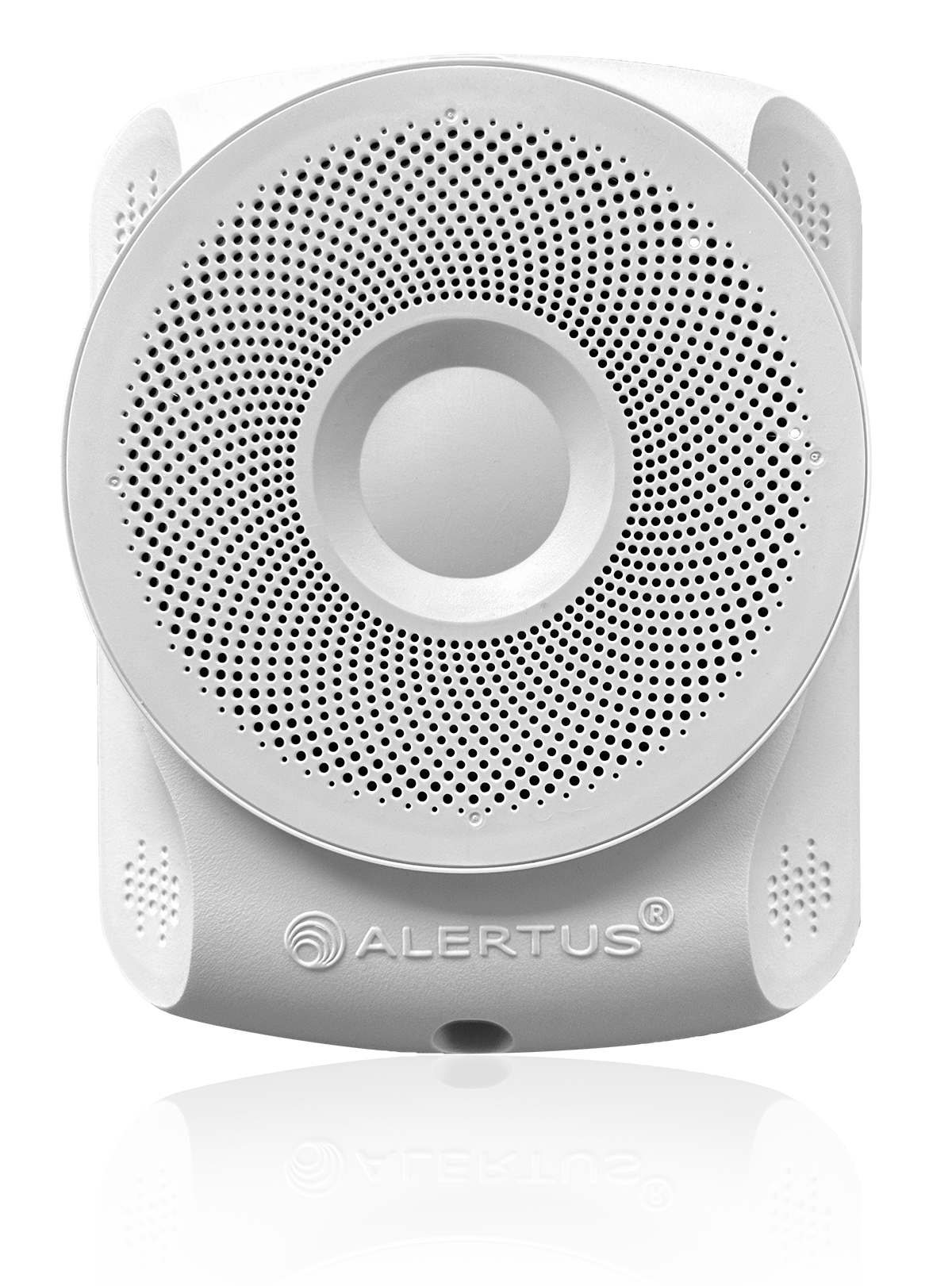Overview
The VA Tennessee Valley Healthcare System provides healthcare services at 21 locations in the central Tennessee region and southern Kentucky. They offer training for future healthcare providers and lead important medical research in health services, rehabilitation, cardiology, dermatology, oncology, and many more fields.
We spoke with Charles Pickett, Emergency Management Specialist at the Tennessee Valley Healthcare System, to learn more about their experience with the Alertus System across their many campus locations. As one of the Emergency Managers for Tennessee Valley VAMCs, Pickett leads disaster planning and testing, educates staff in these areas, and assists the healthcare system with managing disasters.
Challenge
When an active shooter event occurred in the lobby of their Nashville VA Medical Center campus, emergency management realized that they had no way of alerting the facility during a live event. Leadership decided a change was necessary – in order to keep staff, patients, and visitors safe, the VA needed the capability to send real-time alerts with important instructions and potentially life-saving information. Their Emergency Alerting & Accountability System (EAAS) also known as AtHoc, which is the VA’s systemwide SMS/email alert system, came about after this event. The end goal is to integrate/complement the Alertus System with EAAS.
Solution
The wall-mounted Alertus Alert Beacon® sounds, flashes, and displays an alert message in the event of an emergency.
“With the Alertus System, we have the advantage of notifying a portion of a facility, the entire facility, or ALL of our facilities,” said Pickett. “We can target individual computers, teams, or sections within a facility. We were hoping for system-wide notification that gives us control, and we have achieved that with Alertus.” The Tennessee Valley Healthcare System uses Desktop Notification, IP Phone Integration, High Power Speaker Arrays (HPSA), Alert Beacons, IP Speakers, Hardwired Panic Buttons, and USB Panic Buttons.
On whether they’ve needed to activate the Alertus System in an emergency, Pickett says, “Not yet, but we came close – we had to initiate a partial evacuation for a fire in the building. We didn’t purchase the fire alerting feature of Alertus at the time, but it would have been very helpful.” System testing is an important part of emergency preparedness, therefore Pickett tests their HPSAs nearly weekly, and a full system test is scheduled quarterly. He also frequently uses the Alertus self-reporting feature.
Activation Buttons enable immediate, easy, single-point activation for emergency notification.
The IMPORTANCE of mass notification
When it comes to utilizing a mass notification system, Pickett says, “I think it’s a simple answer in question form...What’s your plan to keep your family safe if they happen to visit you at work and an incident occurs? Would you like them and yourself to be notified as quickly as possible before conditions worsen?”
“With the Alertus System, you can provide detailed instructions and early notification to people in and around your facility, so not only are your people notified of emergencies, but the people around your facility in the community are too. If you don’t want you or your family to walk into a potentially bad situation, then having mass notification just simply makes sense.”
next steps
Alertus IP Speakers deliver highly intelligible voice output of your custom message text
On next steps, Pickett says, “We plan to make our Alertus System more robust in that we are adding more IP Text-to-Speech (TTS) speakers and Alert Beacons as well as the Rapid Response Console and the Activator App to allow key personnel, such as VA Police, to activate the system while on patrol, should the need arise. Personnel in high-threat areas will be able to use their mobile devices to activate the system if they need to take cover and can’t reach one of the panic buttons.”





